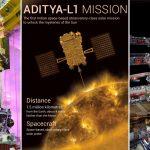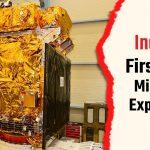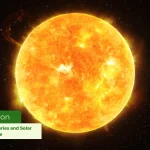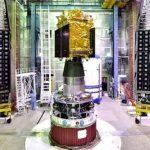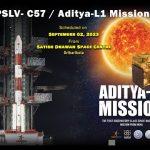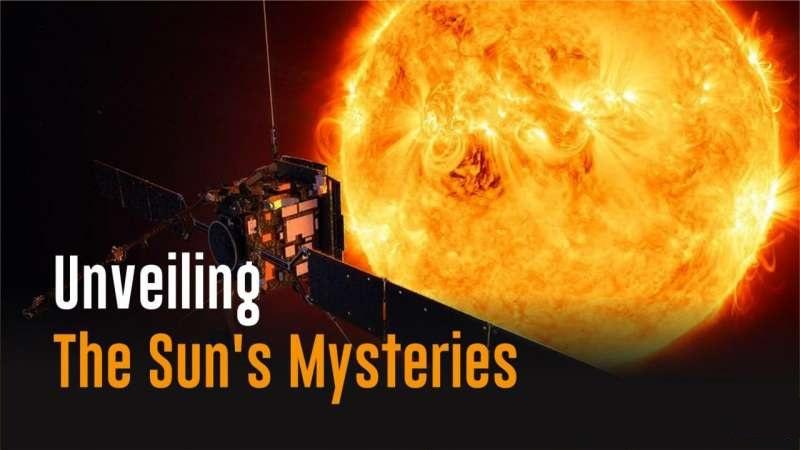
Aditya-L1, a pioneering mission, will be launched using the Polar Satellite Launch Vehicle (PSLV) with seven carefully selected payloads (instruments) on board. These payloads include the following:
1.VELC (Visible Emission Line Coronagraph)
2.Solar Ultraviolet Imaging Telescope (SUIT)
3.Solar Low Energy X-ray Spectrometer (SoLEXS)
4.Aditya Solar wind Particle Experiment (ASPEX)
5.High Energy L1 Orbiting X-ray Spectrometer (HEL1OS)
6.Plasma Analyzer Package for Aditya (PAPA)
7.Advanced Tri-axial High-Resolution Digital Magnetometers
The primary objective of the Aditya-L1 mission is to study various aspects of the Sun, including its corona, photosphere, chromosphere, solar emissions, solar winds, flares, and Coronal Mass Ejections (CMEs). It will carry out continuous imaging of the Sun, providing invaluable insights into our star’s behavior.
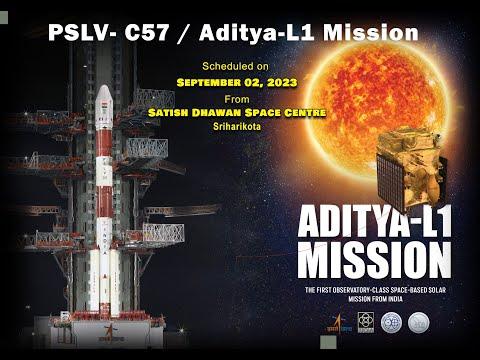
To accomplish this, ISRO plans to launch Aditya-L1 into the L1 orbit, situated approximately 1.5 million km from Earth. This orbit allows the spacecraft to maintain uninterrupted observations of the Sun.
But what exactly is L1? L1, short for Lagrangian/Lagrange Point 1, is one of five points in the orbital plane of the Earth-Sun system. These Lagrange Points are positions in space where the gravitational forces of two celestial bodies, like the Sun and Earth, create regions of enhanced attraction and repulsion. Spacecraft strategically positioned at these points can significantly reduce fuel consumption required to stay in position. Notably, the L1 point is also home to the Solar and Helio spheric Observatory Satellite (SOHO), a collaborative project between NASA and the European Space Agency (ESA).

One of the most critical payloads aboard Aditya-L1 is VELC (Visible Emission Line Coronagraph). This precision instrument, developed in India over 15 years, will play a pivotal role in unraveling the mysteries of solar astrophysics. VELC will facilitate studies on the temperature, velocity, and density of the corona, aiding our understanding of processes leading to corona heating, solar wind acceleration, space weather drivers, magnetic field analysis, as well as the cause of coronal mass ejections.
Aditya-L1 is not the only mission aimed at exploring the Sun. NASA’s Parker Solar Probe, part of the ‘Living with a Star’ program, is tracing energy and heat movement in the Sun’s corona and studying solar wind acceleration. The earlier Helios 2 Solar Probe ventured within 43 million km of the Sun’s surface in 1976. Solar Orbiter, a joint ESA-NASA mission, seeks to collect vital data on the Sun’s role in shaping the solar system’s space environment.

Several other active spacecraft, including the Advanced Composition Explorer (ACE), Interface Region Imaging Spectrograph (IRIS), WIND, Hinode, the Solar Dynamics Observatory, and Solar Terrestrial Relations Observatory (STEREO), continue to monitor the Sun, contributing to our ever-growing knowledge of our star and its influence on our planet.
